Overview
C.BIRD™ from CYTENA is a next generation microbioreactor designed for cell line development.
Features
Bringing production bioreactor conditions to 96-well plates
The C.BIRD™ delivers production bioreactor conditions to the 150 to 1600 µL scale and is a high-throughput microbioreactor for parallel cultivations in 96-well plates.
Cutting weeks off the cell line development process
The C.BIRD™ allows for the early recognition of the highest yielding and most stable clones, reducing later passaging processes and efforts in the present scaling-up process.
Better predictability of best cell clones
The C.BIRD™ screens and monitors critical cell culture parameters for hundreds of cell lines from the beginning, allowing scientists to identify the best clones sooner.
Application: Cell line development
Many biological drugs are manufactured in mammalian cells in the biopharmaceutical industry. Cell line development (CLD) is the process of determining which cell lines produce the most recombinant protein while remaining stable throughout large-scale manufacture.
Cell lines are incrementally scaled up in the CLD procedure from static to shaker flask expansion and then further scaled up in bioreactors. Because the size of the well plates and the quantity of cells restrict the capacity to agitate the culture, cell culture in early CLD is currently constrained to a static format.
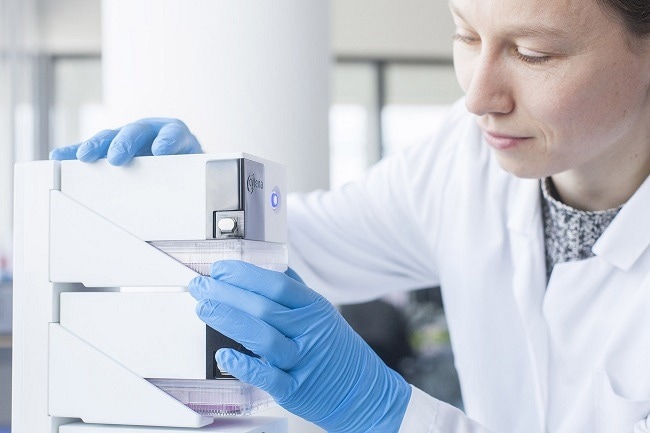
Image Credit: CYTENA GmbH
Optimize cell culture environments in 96-/24-well plates
- Increase oxygen transfer rate (OTR) for both adherent and suspension cells
- Low shear rate mixing to lessen stress on cell lines
- Continuous mixing for homogenous media composition
- Bring cells into suspension culture (only for suspension cells)

Image Credit: CYTENA GmbH
C.BIRD introduction
cytena Bioprocess Solutions c.bird MVP video introduction
Video Credit: CYTENA GmbH
Performance data
CHO-K1 mAb expressing cell line was utilized for the research. The CD Hybridoma medium # 11279-023 from GibCo, a chemically defined and animal component-free medium, was used to adapt the cell line to the culture suspension.
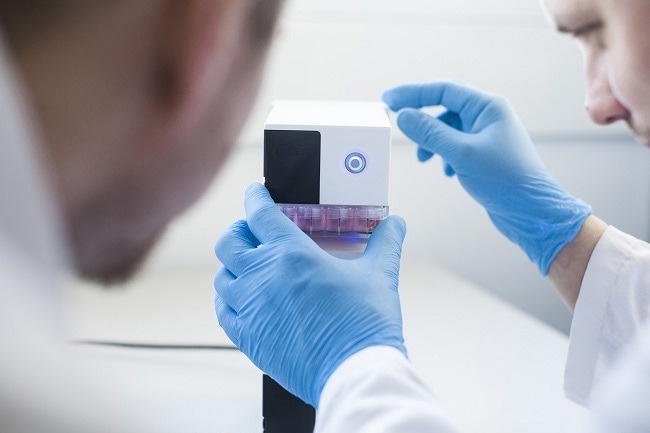
Image Credit: CYTENA GmbH
All experiments were carried out in standard 96-well plates (Eppendorf, Germany). Cells grown in standard static culture and C.BIRD™ suspension culture were compared in a 37 °C, 5% CO2 incubator setting. Protein production and subsequent cell proliferation were compared.
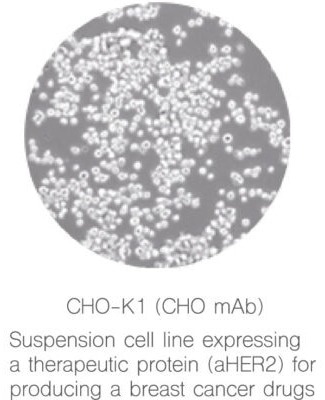
Image Credit: CYTENA GmbH
When compared to standard static culture, C.BIRD™ suspension culture in 96-well plates boosts cell proliferation, recombinant protein output, and volume-specific productivity (Qp). To assure accuracy, CYTENA explored different initial cell concentrations and measured with several instruments. In all situations, the C.BIRD™ with suspension culture outperformed the static culture.
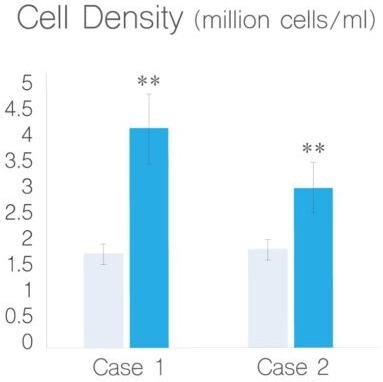
Image Credit: CYTENA GmbH
After three days of culture, the C.BIRD™ suspension culture attained a cell density of 4.2 × 106 cells/ml, however, the static culture only attained 1.8 × 106 cells/ml. C.BIRD™ suspension culture reached a cell density of 3.1 × 106 cells/ml in case 2, whereas static culture only attained 1.9 × 106 cells/ml after five days of culture.
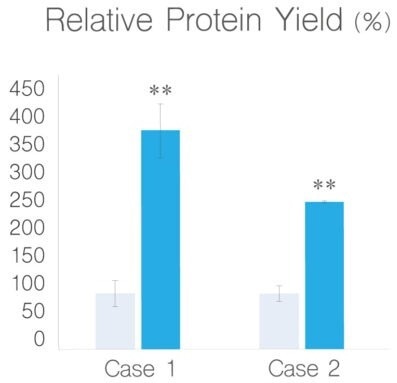
Image Credit: CYTENA GmbH
The C.BIRD™ also produced −2.5–3.8 times more recombinant protein than static culture (Fig. 3). C.BIRD™ suspension culture produced −1.8–2.6 times more relative volume-specific productivity (Qp) than static culture.
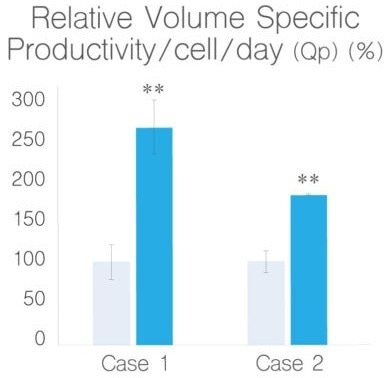
Image Credit: CYTENA GmbH
For the relative volume-specific productivity (Qp), the C.BIRD™ suspension culture produced −1.8–2.6 times higher Qp when compared to static culture.

Image Credit: CYTENA GmbH
How the C.BIRD works
c.bird technology introduction
Video Credit: CYTENA GmbH
Featured workflow
After three days of culture, the C.BIRD™ suspension culture attained a cell density of 4.2 × 106 cells/ml, however, the static culture only attained 1.8 × 106 cells/ml. C.BIRD™ suspension culture reached a cell density of 3.1 × 106 cells/ml in case 2, whereas static culture only attained 1.9 × 106 cells/ml after five days of culture.
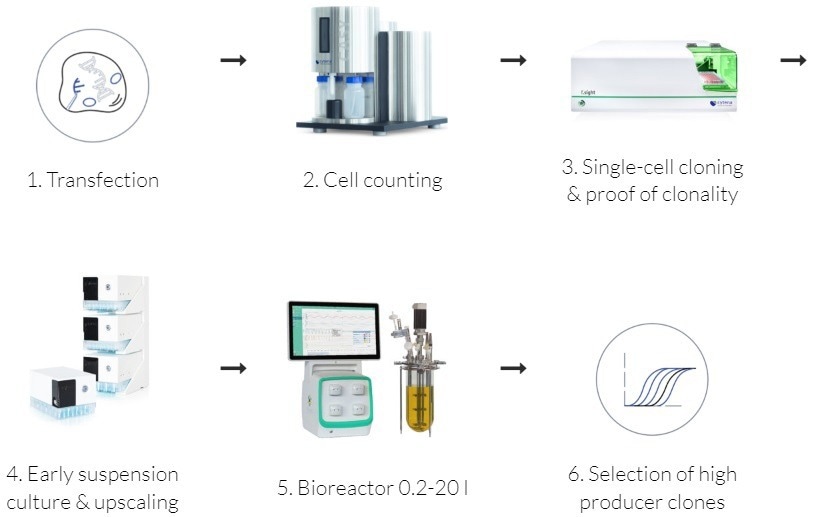
Image Credit: CYTENA GmbH